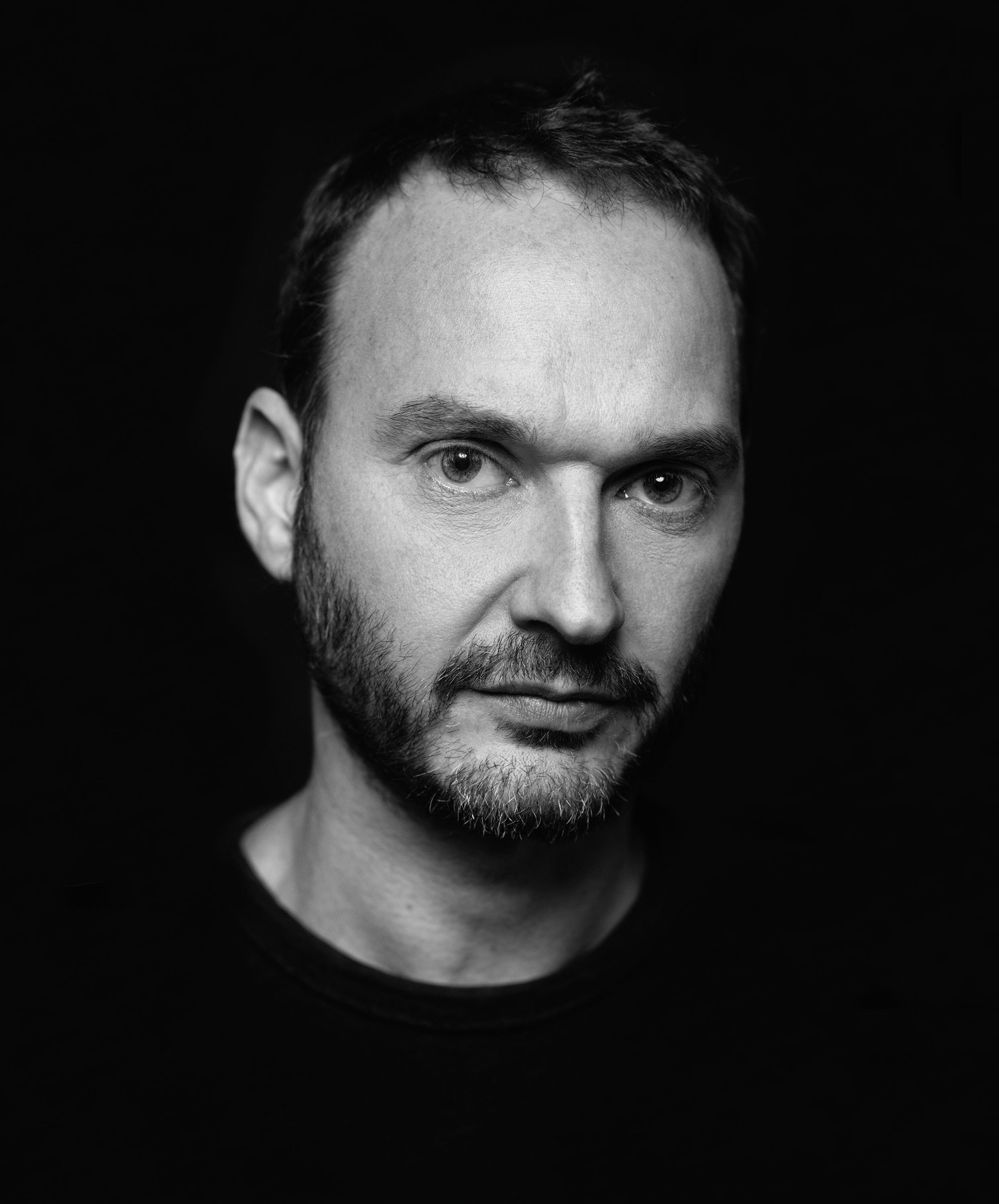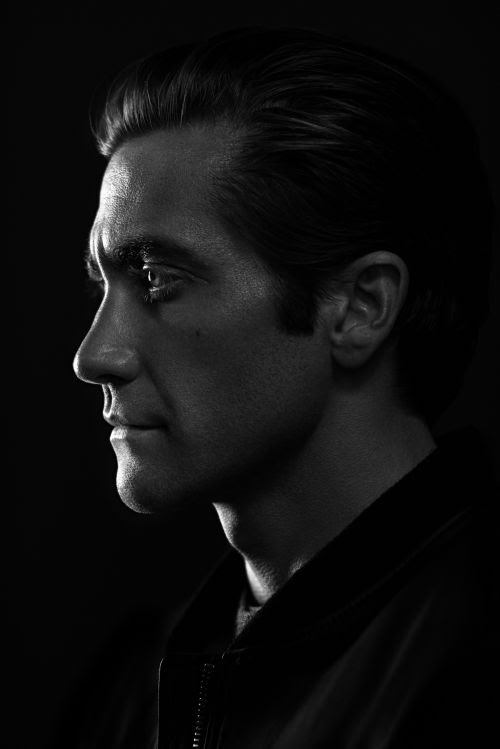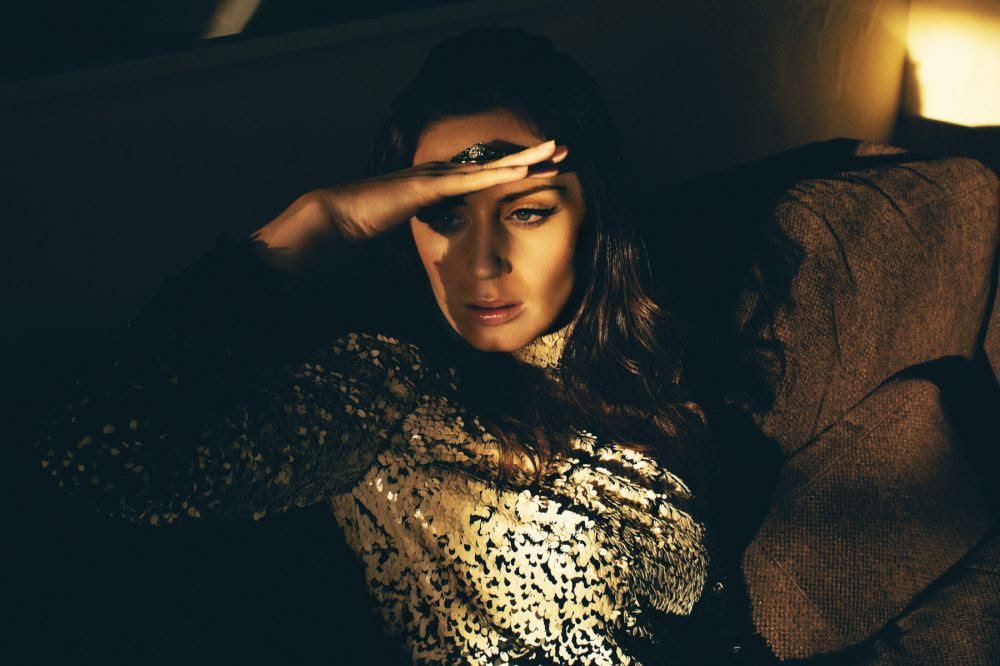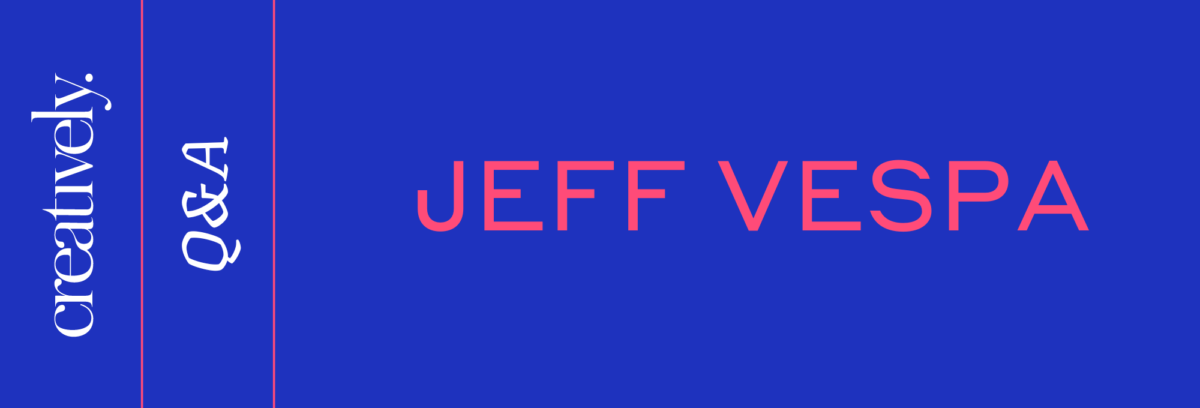With the Instagram moniker @portraits, Jeff Vespa is quite the accomplished celebrity photographer. One quick scroll through his profile, and with the sheer number of A-listers, you may feel like you’ve wound up on Getty Images. That is no coincidence—Vespa was the co-founder of WireImage, one of the largest entertainment photo agencies in the world, and in 2007, he played a pivotal role in its acquisition by Getty Images.
To synthesize Vespa’s achievements since WireImage’s acquisition is no easy feat. In 2009, Vespa became the Editor-at-Large at LIFE.com, a role stemming from a childhood love for the magazine’s signature photography style. Then, in 2010, he partnered with Kathy Grayson to pick up where Deitch Projects left off by opening the art gallery The Hole, which recently expanded to LA. During that span, Vespa was also West Coast Special Projects Editor at Los Angeles Confidential Magazine for 7 years.
In the last decade, Vespa founded Verge.is. With a knack for identifying young talent at film festivals, the digital magazine featured actors Timothée Chalamet, John Boyega, and Olivia Cooke—all photographed by Vespa before their “big breaks.” Outside of photography, he also runs a film development and production company. He’s directed Abbie Cornish in Paris Song (Amre), David Arquette in Nosebleed, and the 2020 documentary Voices of Parkland. Recent production credits include the 2021 Netflix documentary, Chadwick Boseman: Portrait of an Artist. The multipotentialite has also produced for other photographers and fine artists including Awol Erizku and Alex Prager. Most recently, Vespa served as creative director for the 2022 Cannes Lions Award–winning short Save Ralph. He is also partner at Forward Artists and Verge Studios.
You can check out more of Vespa’s work here on Creatively and @hellocreatively on Instagram.

What is the first creative project you remember?
When I was 15 (or 16) years old, I was in the punk scene in Baltimore. In my junior year of high school, I was going to leave Baltimore for boarding school in Pennsylvania. At that moment, I knew that the scene we had was something special. It was like a family we built from kids all over the city from different socio-economic backgrounds. Once I left for boarding school, I knew this magical period in my life would disappear. I knew I had to document it so I could capture the moment. So, I took my mom’s Canon AE-1 camera and took photos of all of my friends, the punk club, and the bands we were watching. Those pictures were my first true art series of photos, and I used them as my portfolio to get into college at the School of the Visual Arts in New York. I still look at those pictures today— I am so happy I took them. A few years ago, I showed my friends from Baltimore, and they freaked out because most of them had never seen the photos. They really capture the spirit and energy of our punk youth.
Describe your aesthetic in three words.
Truth, honesty, emotion. When you go to my website, the first thing you see is “Storytelling. Capturing emotion. Keeping it real.” So basically, the same idea.

What was the most fulfilling collaboration you’ve worked on?
I produce, as well as direct. I find that my most fulfilling collaborations are when I am helping someone else realize their vision. I currently produce for the photographer and fine artist Awol Erizku. I recently produced a series of photographs shown at Gagosian in New York.
The most fulfilling project we did together was the TIME cover of Amanda Gorman. It was a crazy project. On the day of the inauguration, I watched her read her poem (like we all did). I immediately felt that we should make a movie about her reading the poem as a way to capture and memorialize the moment. But I didn’t know Amanda, and it would probably be impossible to get her to do a film with us.
Cut to a week later: I get a call from Awol, telling me that TIME wants him to shoot a cover of her! Blown away, I told him my idea about the film. He pitched it to Amanda, and she went for it. We did the shoot, and the film we made of her was super powerful. The issue came out, and Hilary Clinton retweeted the cover. It was one of those special moments we all work for in this business. It was definitely a career highlight.

Photographer, Awol Erizku; Producer, Jeff Vespa
What’s one creative project that taught you something fundamental about yourself?
My first feature film Paris Song taught me so much. I have been working on directing a feature for many years and I was fortunate to finally do that with this film. One of the main things it taught me was to persevere. I was hoping to make a feature right out of film school, probably like everyone else that goes to film school. But it took over 20 years to finally direct a feature film. I think the biggest lesson is you have to always follow your dream no matter how long it takes.

Do you think creativity is something you’re born with or something you’re taught?
Well, that is a tough question. I believe you are born with creativity, but it is also environmental. The way you are raised has a huge part in nurturing your talent. You may be taught in infancy before you even realize it.
In my case, I have always felt I was born this way, but I also did some personal excavating about my childhood and pieced together a theory about my visual and aesthetic sensibility. There was a photographer that my family was friends with when we were little kids. My parents got her to do photoshoots of me and my brother when I was around one and he was around three. The photographer put together a little bound book of the images. There were also prints of those photos around the house.
A few years later, she photographed us again, and I remember her coming a few other times. I used to look at that book all the time growing up and her other photos. She was a really great photographer and made me and my brother look like we were in LIFE. I believe strongly that her photographs taught me what a photograph should look like. Later, I fell in love with LIFE and its photography style. I believe her photographs trained me to see the way she saw. Of course, my brother didn’t become an artist, so I still feel you are born this way, but your environment and the encouragement you receive make a massive difference in having that natural talent expressed.

What was the last dream you had?
I really don’t recall my last dream. But I will say that I often come up with film ideas when I dream. Sometimes, when I’m dreaming, I feel like I am watching a film, with known actors performing. I love those dreams; I wake up and immediately write down what I saw. There is still a crazy dystopian sci-fi movie I want to make from one of my dreams.
One hundred years from now, what do you hope people write about your work?
When I was a child, I used to visit the Met and look at the Caravaggio paintings. I always felt that I could hear the artist speaking to me through the paintings. The ideas he was trying to get across, the emotions he was expressing, his worldview—I could feel it all. That feeling has always driven me as an artist. The idea that 100 years from now, a child will see my work and feel moved by it.
Follow @JeffVespa on Creatively.
Creatively is more than a platform—we’re a creative collective.
Questions or feedback? Email us at feedback@creatively.life.

